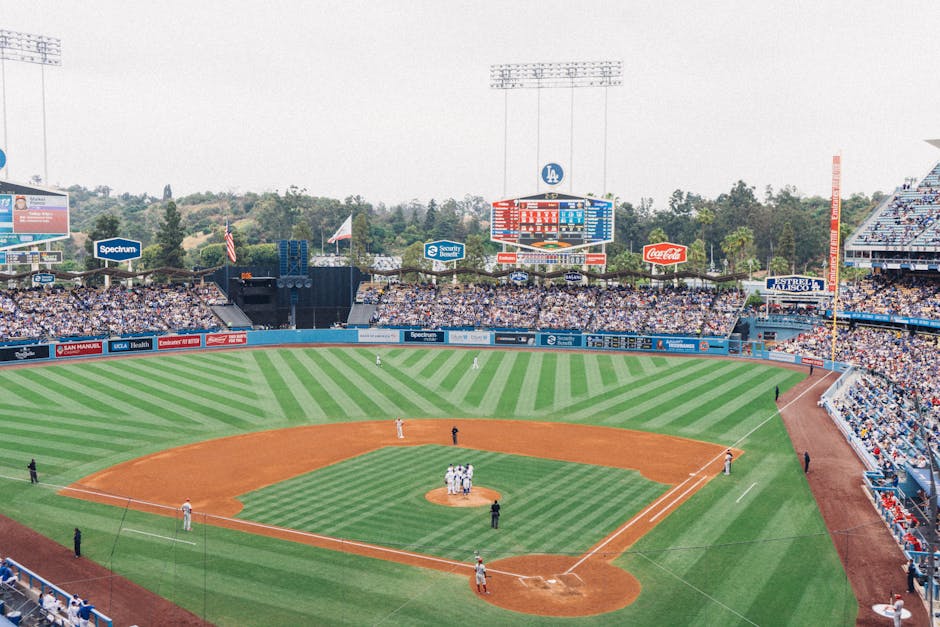⏱️ 5 min read
The concept of "reality television" promises viewers an authentic glimpse into unscripted moments, genuine emotions, and spontaneous interactions. However, the television industry harbors a controversial secret that challenges this fundamental premise: many shows marketed as reality programming are, in fact, carefully scripted productions. This revelation has sparked debates about truth in advertising, viewer trust, and the ethical boundaries of entertainment.
The Blurred Lines Between Reality and Fiction
Reality television emerged as a genre promising authenticity in contrast to traditional scripted programming. Yet the distinction between these categories has become increasingly murky. While some reality shows do capture genuine moments, others operate with detailed scripts, predetermined outcomes, and carefully choreographed scenarios that rival traditional sitcoms and dramas in their level of planning.
The industry employs various techniques to maintain the illusion of spontaneity while controlling narratives. These methods range from heavily edited footage that misrepresents actual events to fully written dialogue that participants must memorize and deliver. Understanding where different shows fall on this spectrum requires examining the production practices that have become standard in reality television.
Legal Loopholes and Industry Classifications
Television networks exploit a significant legal gray area that allows scripted content to be marketed as reality programming. The classification system for television shows does not require programs to meet strict criteria for the "reality" label. This regulatory gap means producers can script entire seasons while still promoting their shows as unscripted entertainment.
The Writers Guild of America has repeatedly attempted to address this issue, arguing that writers working on reality shows deserve the same protections and credits as those writing for scripted series. These efforts have revealed the extent to which professional writers are employed to craft storylines, dialogue, and character arcs for reality show participants. Despite these revelations, many networks continue to classify such programs as reality television, avoiding the obligations associated with scripted content.
Common Scripting Techniques in Reality Television
Reality show producers employ several sophisticated methods to control narratives while maintaining the appearance of authenticity:
- Frankenbiting: This editing technique involves splicing together audio clips from different conversations to create entirely new dialogue that was never actually spoken in sequence.
- Storyline Production: Writers create narrative arcs for entire seasons, then direct participants to engage in specific conversations or activities that advance predetermined plots.
- Retakes and Re-enactments: Participants are frequently asked to repeat conversations or actions multiple times, with specific instructions about what to say or do differently.
- Coaching and Direction: Producers provide detailed guidance to cast members about how to react, what topics to discuss, and which emotions to display during filming.
Notable Examples and Insider Revelations
Several reality television personalities have come forward to expose the scripted nature of their shows. Former cast members from various dating shows, home renovation programs, and competition series have described receiving scripts, being told to manufacture conflicts, and participating in scenes that were entirely fabricated for dramatic effect.
One particularly revealing case involved a popular home hunting show where participants were contractually required to have already purchased their homes before filming began. The "decision-making process" viewers watched was entirely staged, with the featured properties carefully selected to create artificial drama about choices that had already been made.
Similarly, several cooking competition shows have faced scrutiny after participants revealed that challenges were rigged, certain contestants received preferential treatment based on predetermined storylines, and eliminations were sometimes decided before the actual competitions took place.
The Impact on Viewer Trust and Perception
The revelation that reality shows employ scripting has significant implications for audience trust. Viewers invest emotionally in these programs under the assumption that they are witnessing authentic human experiences. When this assumption proves false, it can create feelings of betrayal and skepticism that extend beyond individual shows to the entire television industry.
Research into viewer attitudes has shown that audiences generally tolerate some level of production manipulation in reality television. However, there exists a threshold beyond which viewers feel deceived. The challenge lies in the fact that this threshold varies among individuals, and networks rarely provide transparent information about their production practices.
The Economics Behind Scripted Reality
Financial incentives drive the trend toward scripting reality television. Scripted reality shows offer networks the best of both worlds: the lower production costs associated with reality programming combined with the narrative control and dramatic reliability of scripted content. This economic model has proven incredibly profitable, generating billions in advertising revenue annually.
Additionally, cast members in reality shows typically do not receive the same compensation, residuals, or union protections as actors in scripted series. By maintaining the "reality" classification, networks significantly reduce labor costs while still producing content with predetermined storylines and outcomes.
Moving Toward Greater Transparency
Consumer advocacy groups and industry critics have called for greater transparency in reality television programming. Proposals include requiring networks to disclose the extent of scripting, providing more detailed information about production practices, and establishing clearer definitions for what constitutes "reality" content.
Some networks have begun responding to these pressures by offering more candid acknowledgments of their production methods. However, comprehensive industry-wide standards remain elusive, leaving viewers to navigate an entertainment landscape where the line between reality and fiction continues to blur.
Understanding the scripted nature of many reality shows empowers viewers to consume this content more critically, recognizing it as a hybrid entertainment form rather than authentic documentation of real events. This awareness does not necessarily diminish the entertainment value of these programs, but it does allow audiences to engage with them from a more informed perspective.






















